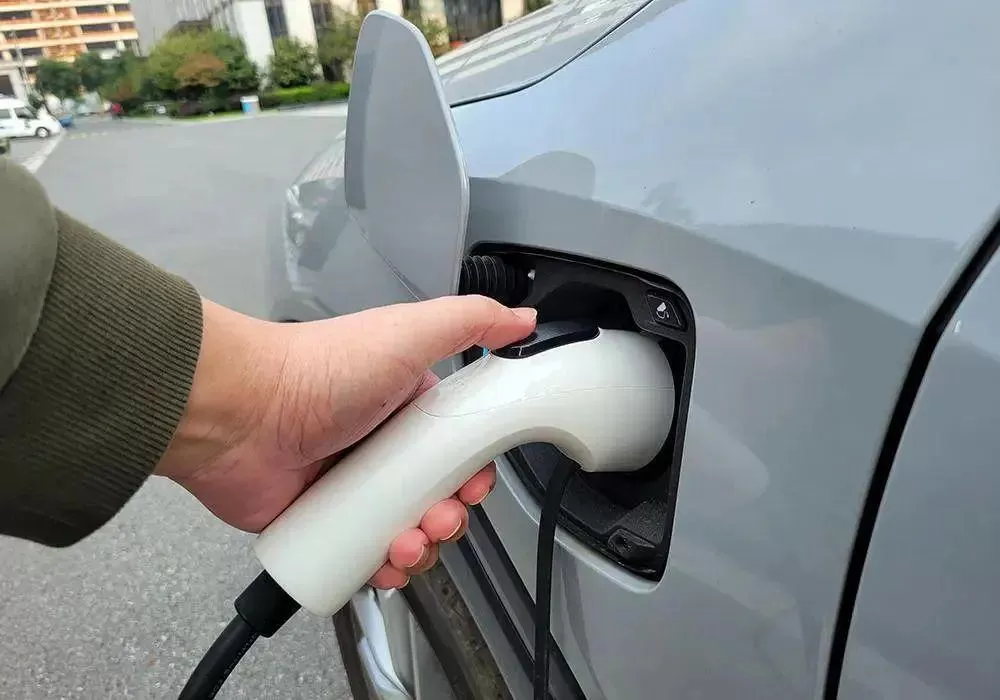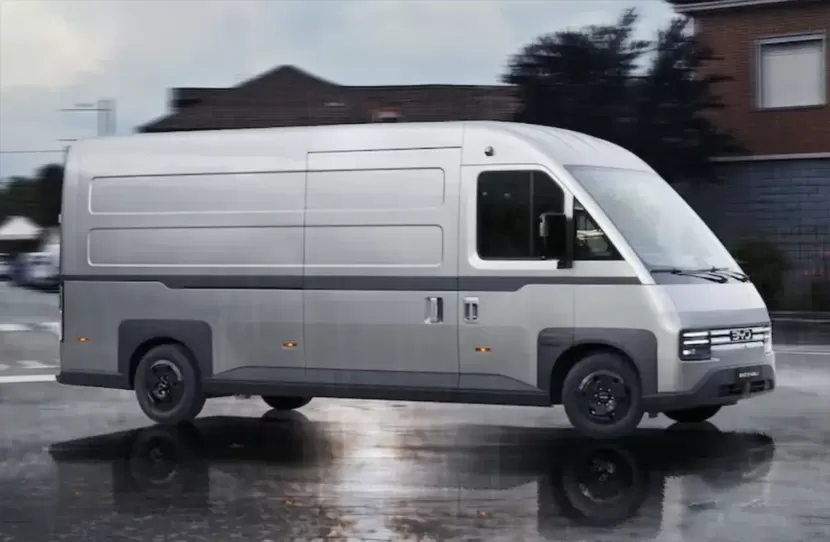The Context of Ideal Auto and NIO's Different Strategies
Recently, the price reduction of SAIC Volkswagen's ID.3 in China caused a significant stir in Germany. The starting price of the ID.3 in Germany is as high as 39.900 euros (about 314.800 RMB), whereas in China, it is only 125.900 RMB. This discrepancy is not only because, as a Volkswagen spokesperson mentioned, all ID.3 component suppliers are based in China, but also due to the fiercely competitive domestic electric vehicle (EV) market, which forces Volkswagen to offer a competitive discount. In such a scenario, while almost all domestic car companies are looking to explore overseas markets and sell their advanced Chinese cars abroad, Ideal Auto, which is doing well domestically, has publicly announced that it will not consider the overseas market before 2025. Instead, it aims to focus all resources on achieving its 2025 sales target, seemingly contrary to the overall market trend.

Ideal Auto's Focus on the Domestic Market Before 2025
It is an undeniable fact that Ideal Auto has high domestic orders. This gives Ideal Auto's founder Li Xiang the confidence to prioritize resources to meet domestic market demand and achieve the 2025 target first. After all, in the domestic car market, Ideal Auto is not only one of the few new forces to achieve quarterly profits but also has a higher gross profit margin per vehicle in the first quarter than Tesla. In the domestic luxury brand car market, Ideal also outperforms many second-tier luxury brands in sales, making a significant mark.
On the other hand, the three models currently sold by Ideal Auto—L7. L8. and L9—are all range-extended hybrid models. In the European market, which is currently favored by domestic car companies, hybrid models are no longer the target of policy support. Furthermore, previous comments from Volkswagen executives have pointed out that range-extended hybrids are relatively backward technology compared to plug-in hybrids, which are more efficient. Therefore, it may be much harder for Ideal Auto to establish a foothold in Europe or other markets with its range-extended technology compared to its domestic success.

Under these circumstances, focusing on the domestic market, especially testing the market response to its soon-to-be-launched pure electric vehicles, is undoubtedly a more prudent approach. If Ideal's pure electric models can replicate its success in the range-extended vehicle field, exporting electric vehicles to capture overseas markets will face relatively less resistance.
Why NIO is Eager to Export
In stark contrast to Ideal Auto's lack of urgency to export, NIO has not only established a presence in several European countries but also recently had its CEO, William Li, directly criticize the U.S. restrictions on Chinese new energy vehicles. This reveals NIO's eagerness to enter the U.S. EV market.
NIO's urgency to open up the global market, especially to gain a foothold in developed markets in Europe and the U.S., is primarily due to:
1. These countries have strong consumer purchasing power. The higher cost of EVs faces significant consumer resistance in many countries. Establishing a presence in Europe and the U.S. would significantly enhance its global brand appeal.

2. Not only NIO but also many Chinese EV models have advantages over their foreign counterparts in terms of product strength. However, multinational car companies are investing heavily in developing the next generation of EVs. With their strong system capabilities, these giants could catch up with domestic EVs in one or two generations, leading to the loss of the domestic EV companies' product advantage. Therefore, it is necessary to seize the current favorable opportunity to gain a larger share of the overseas EV market.
3. For NIO, in addition to exporting whole vehicles abroad, it is also eager to export its battery swapping and customer operation models to overseas markets, which require long-term investment and accumulation.
Lastly, it is also true that NIO's performance in the domestic market is not as strong as Ideal Auto's. In the fiercely competitive domestic EV market, NIO faces significant challenges in increasing its brand sales, and with the upcoming launch of brands like Alps and Firefly, if it fails to open up overseas markets, it will be very difficult for NIO to gain a larger share of the domestic market. The domestic EV market is already highly competitive. At the recent second-quarter earnings release, Elon Musk stated that Tesla would continue to reduce prices. Therefore, finding more outlets and achieving a global layout not only helps absorb NIO's potential excess capacity but also diversifies the various risks faced by different markets, leading to more stable operations.
Exporting is Not an Overnight Process
Operating in overseas markets is not simply about wholesaling cars to local dealers and starting sales. Whether it is promoting brands and models locally, providing comprehensive after-sales services, or even conducting direct sales, all require substantial investment and long-term accumulation.
For example, domestic traditional independent brands like Chery and SAIC have achieved remarkable results in overseas markets in recent years, becoming a pillar of their overall sales performance. This success is inseparable from their long-term layout in overseas markets. Chery's exports can be traced back to 2001. It is precisely this meticulous layout over more than 20 years that has led to Chery's rapid growth in recent years.
For Ideal Auto, given its current rising domestic sales, it can focus more resources on the Chinese market to gain a greater advantage on home ground and accumulate more resources. Meanwhile, Ideal can also start initial work on entering overseas markets, such as forming teams, researching overseas markets, and finding local partners. After all, the layout in overseas markets is not accomplished overnight. Instead of starting a large-scale overseas market expansion a few years later, it is better to prepare in advance. Whether it is developing global models to meet the regulatory requirements of various countries or considering the selection of local partners to clear the obstacles for entering different markets, there is still a lot of work for Ideal Auto to do before exporting whole vehicles.

Commentary
For new car companies, most are still in the loss-making stage. However, Ideal Auto is one of the few that surpasses Tesla in terms of gross profit margin and is beginning to achieve profitability and self-sustaining capabilities. Nonetheless, it is also an undeniable fact that Ideal's range-extended market is facing increasingly fierce competition. This includes other new forces adopting range-extended technology and traditional car companies like BYD, Geely, and Great Wall deploying more efficient hybrid systems. Features like fridges, sofas, and large TVs are not core competitive advantages for car companies—not because these features are unimportant but because they are relatively easy for other car companies to imitate. In overseas markets, Ideal can enter when conditions are favorable, but it is essential to start researching and planning in advance.






